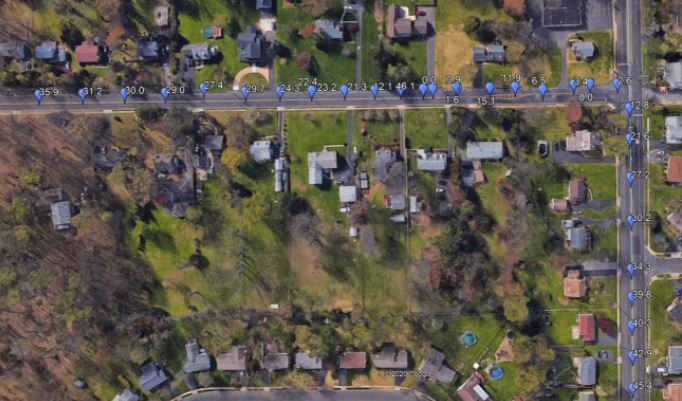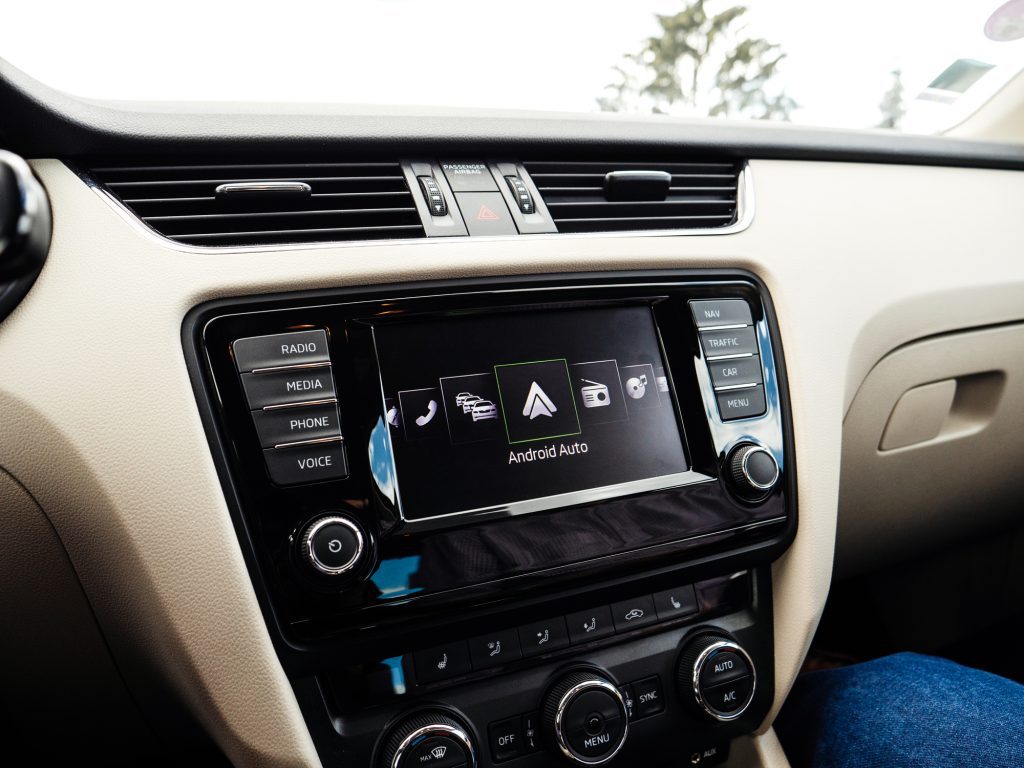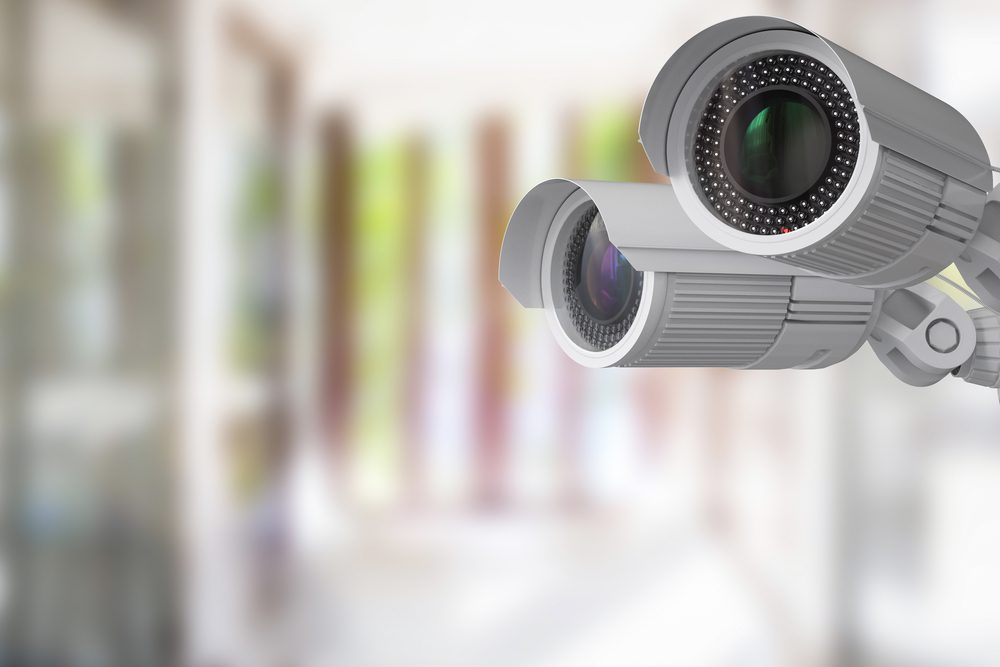Data Extraction

Event Data Recorders (EDR)
The Bosch Crash Data Retrieval (CDR) Program allows DJS engineers to retrieve data from the airbag or other safety system of the vehicle. Event Data Recorders (EDR), (often referred to as the “black box”) in passenger vehicles and heavy trucks, record and store information related to crashes and other vehicular incidents. Triggered to record by phenomena called “events,” it is critical to remember that the data from any CDR report, like all other physical evidence and data, must be correlated to all other data via a “situationally appropriate” collision reconstruction. It should not be accepted as applicable and/or accurate until this has been completed.
Global Position Satellite (GPS)
Providing information regarding location, direction, route and time, GPS devices consist of three segments: the space segment, the control segment, and the user segment. The user segment consists of the GPS receiver equipment, which receives signals from satellites and uses the transmitted information to calculate the user’s three-dimensional position in time. GPS is increasingly used in both criminal investigation and civil litigation due to the ability of some devices to record and store information depicting driver actions and other personal behavior. There are varying degrees of accuracy of GPS data, thus, the professionals at DJS utilize the proper equipment, training, and additional data available for their engineering evaluations.


Mobile Forensics
Mobile Forensics, a segment of Digital Forensics, focuses on the extraction and analysis of mobile devices including cell phones for use in a variety of criminal and civil investigations. The information that can be retrieved, depending on the year and manufacturer, includes photographs, call logs, internet search history, location, and more. The development of modern smartphones has increased the amount of personal information available for data extractions. With thousands of cellular device models in the world, the professionals at DJS utilize the proper equipment, training, and additional data available for their forensic analyses.
Infotainment / Telematics
Infotainment systems in vehicles encompass hardware and software to provide audio and visual entertainment/information or functionality to the user. Vehicle telematics utilize telecommunications to send, receive, and store information. Vehicles come equipped with telematic systems that are stand-alone systems or paired with an infotainment system. The type of infotainment/telematic data could include: navigation data which has locations and tracklogs; events associated with time/location including door openings, light activations, and gear shifts; cell phone including call logs, contact lists, SMS messages; media data including pictures, videos, and social media feeds, and devices that have been connected to the vehicle via USB or bluetooth.


Surveillance Tape Analysis
Video is routinely captured by phones, surveillance cameras, vehicle cameras, among other sources. The ability to translate video information into data for use in a forensic analysis is critical in today’s society. Whether restoring a blurry video or completing a three-dimensional, engineering-based analysis of video for speed or location accuracy, the engineers and forensic video analysts at DJS are experts in investigating the sources of the data; the manner in which the data needs to be collected and processed; the software required to perform the analysis; the expected accuracy level of the analysis, and how the results of the analysis can be presented to the trier of fact.
Need to Discuss Your Data Extraction Needs? Contact Our Experts for Answers via email at experts@forensicDJS.com or via phone at 215-659-2010.
Areas of Expertise
Additional Areas of Expertise
Who is DJS Associates?


